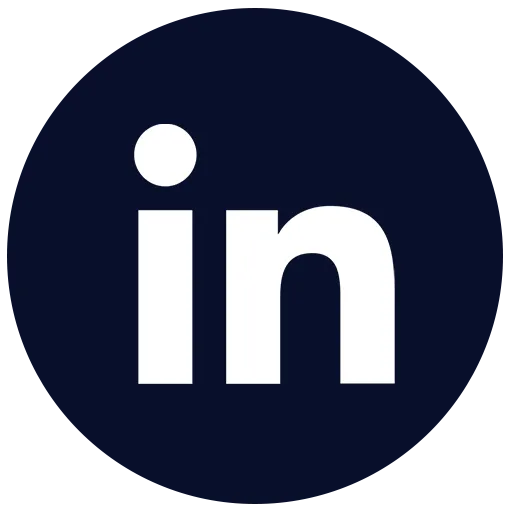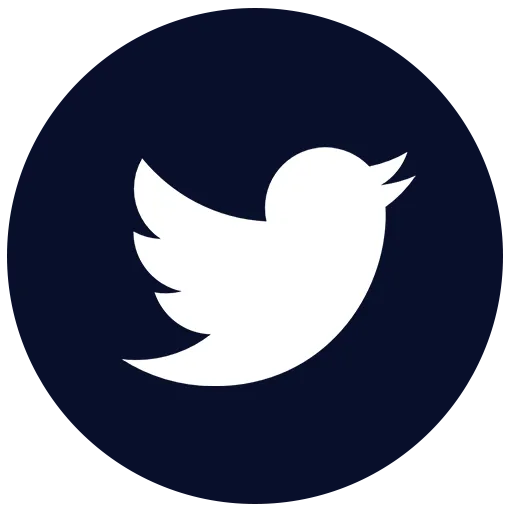
Blog

Blog

Geofence Advertising: Targeting Healthcare Audiences Precisely
Reaching the right audience is crucial for any marketing strategy, but it's especially important in healthcare. Healthcare providers need to ensure their messages reach patients and caregivers who can benefit the most from their services. Geofence advertising offers a solution to this challenge by enabling precise targeting based on location.
Geofence advertising sets up virtual perimeters around specific geographic locations. When individuals enter these areas with their mobile devices, they receive targeted ads. This is particularly useful for healthcare providers, who can use geofencing to reach patients near hospitals, clinics, and even competitor locations. The key is to deliver relevant and timely information that meets the immediate needs of the audience.
Understanding how to use geofence advertising in healthcare effectively can enhance patient engagement, improve appointment attendance, and boost overall satisfaction. By leveraging this technology, healthcare providers can create highly targeted campaigns that are both efficient and impactful. This ensures that the right messages reach the right people at the right time, ultimately leading to better healthcare outcomes and a stronger connection with the community.
Understanding Geofence Advertising in Healthcare
Geofence advertising involves setting up a virtual boundary around a specific location, such as a hospital, clinic, or medical conference. When people with mobile devices enter this area, they receive targeted advertisements. These ads could be about healthcare services, wellness programs, or special promotions offered by nearby medical facilities.
For healthcare providers, geofence advertising offers a unique way to connect with potential patients. It allows for precise targeting based on the locations that potential patients frequently visit. For instance, a hospital can target people who are near their emergency room or outpatient clinic with ads about their services, like flu shots or health check-ups.
Geofencing can also be used to engage current patients. For example, a clinic could send reminders to patients who are near their facility about upcoming appointments or health screenings. This not only helps in retaining patients but also improves patient experiences by providing timely and relevant information.
Benefits of Using Geofence Advertising for Healthcare Providers
Geofence advertising offers several benefits tailored specifically for healthcare providers. These advantages can improve patient engagement and enhance the overall effectiveness of marketing campaigns.
1. Precise Targeting: Geofence advertising allows healthcare providers to reach people who are physically close to their locations. This means the ads are more relevant and timely, increasing the likelihood of engagement.
2. Increased Appointment Attendance: By sending timely reminders to patients who are near the clinic, healthcare providers can reduce no-show rates. Patients receiving a reminder when they are already in the vicinity are more likely to remember and attend their appointments.
3. Enhanced Patient Experience: Providing timely information about services and offers can significantly improve patient satisfaction. When patients receive relevant ads based on their location, it adds a layer of convenience and personalization to their healthcare journey.
4. Cost-Effective Marketing: Geofencing targets individuals who are already near a healthcare facility, making the marketing spend more efficient. This focused approach reduces the wastage of resources and ensures that marketing efforts are directed towards the most relevant audience.
5. Real-Time Analytics: Geofence advertising provides real-time data on how many people saw the ads and acted on them. This information helps healthcare providers to adjust their strategies quickly, ensuring that their marketing campaigns remain effective.
By harnessing these benefits, healthcare providers can create highly targeted and efficient marketing campaigns that drive better patient outcomes and engagement.
Best Practices for Implementing Geofence Advertising in Healthcare
Implementing geofence advertising in healthcare requires strategic planning to ensure its effectiveness. Here are some best practices to help healthcare providers get the most from their geofencing campaigns.
1. Define Clear Objectives: Start with clear goals for your geofence advertising campaign. Whether you aim to increase appointment bookings, promote a new service, or remind patients about ongoing health programs, clear objectives will guide your strategy.
2. Choose Strategic Locations: Identify key locations for your geofences. These might include your healthcare facility, nearby pharmacies, or areas frequented by your target demographic. Placing geofences in strategic locations will increase the relevance and impact of your ads.
3. Craft Compelling Messages: The content of your ads should be concise and engaging. Use clear calls-to-action and relevant information that prompts immediate action from the recipient. Messages that are direct and helpful are more likely to capture attention.
4. Monitor and Adjust: Keep track of your geofence advertising performance and be ready to make adjustments. Use analytics to see which locations and messages are most effective. Tweaking your strategy based on real-time data will help optimize results.
5. Ensure Privacy Compliance: Be mindful of privacy regulations. Make sure your geofence advertising practices comply with healthcare privacy laws like HIPAA, ensuring patient data is always protected.
Measuring the Effectiveness of Geofence Advertising in Healthcare
Measuring the success of your geofence advertising is essential to understand its impact and make informed decisions for future campaigns. Here’s how you can track and analyze your efforts.
1. Set Key Performance Indicators (KPIs): Identify the metrics that will define success for your campaign. These could include click-through rates, conversion rates, appointment bookings, or foot traffic to your healthcare facility. Clear KPIs help in tracking performance.
2. Use Analytics Tools: Leverage analytics tools to gather data on your geofence campaigns. These tools can provide insights into how many people saw the ads, clicked on them, and took action. The more detailed the data, the better you can understand campaign performance.
3. Compare Data Across Channels: Analyze how geofence advertising interacts with other marketing channels. For example, see if there is an increase in online searches or social media engagements following geofence ads. This comparison helps in assessing the overall value of your omnichannel approach.
4. Patient Feedback: Collect feedback directly from patients. Surveys or direct questions about how they heard about your services can provide qualitative data that complements your numerical analytics.
5. Calculate ROI: Determine the return on investment (ROI) by comparing the cost of your geofence advertising to the revenue generated from increased patient visits and services provided. A positive ROI indicates a successful campaign.
6. Continuous Improvement: Use the insights gained from your analysis to refine and improve your future geofence advertising strategies. Continuous optimization will help you maintain effectiveness and adapt to changing needs.
Precision Marketing in Healthcare: Geofencing Your Way to Success
Geofence advertising holds significant potential for healthcare providers, offering a precise and effective way to reach patients. By setting up strategic geofences around key locations, healthcare providers can deliver timely and relevant messages that drive engagement and improve patient outcomes. When paired with best practices and continuous measurement, this form of advertising can enhance both patient satisfaction and overall marketing effectiveness.
If you’re looking to implement geofence advertising in your healthcare marketing strategy, we can help. Connects 360 LLC offers comprehensive solutions tailored to your needs. Contact us today to learn how we can support your goals and boost your patient engagement. Let’s take your healthcare marketing to the next level together!

© Connects 360° LLC |
Privacy Policy | All Rights Reserved
Created with Connects 360 Web Services.

© Connects 360° LLC | All Rights Reserved | Privacy Policy | Created with Connects 360 Web Services.




